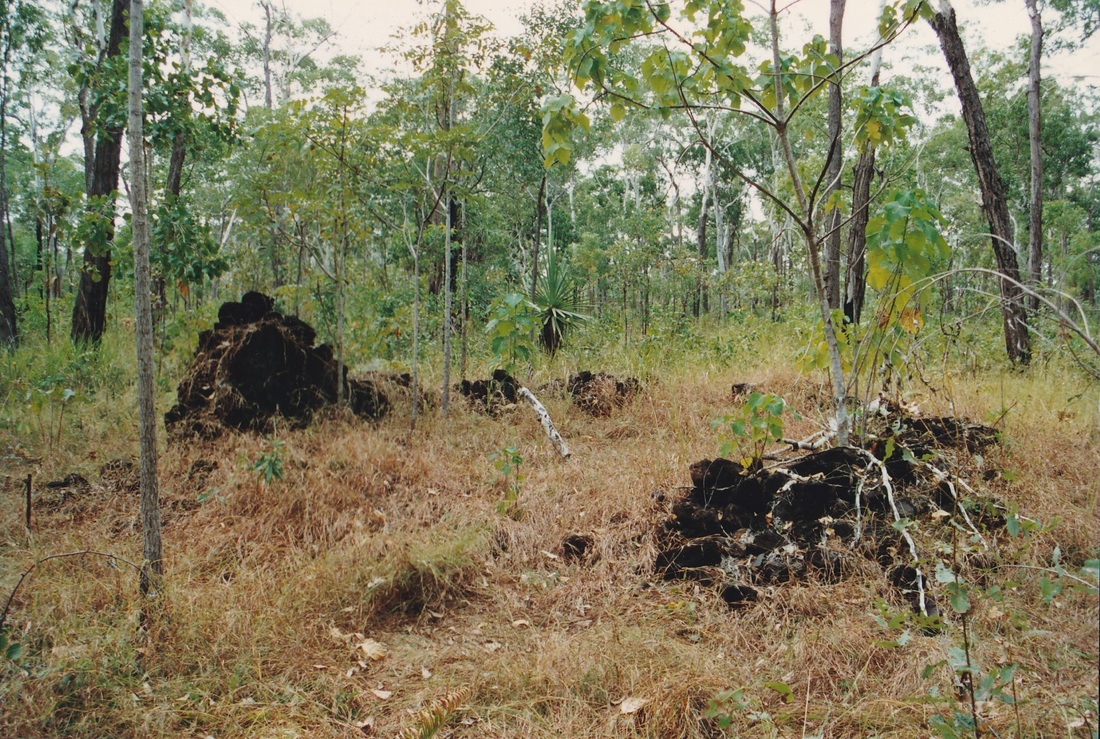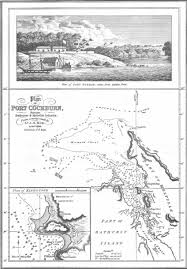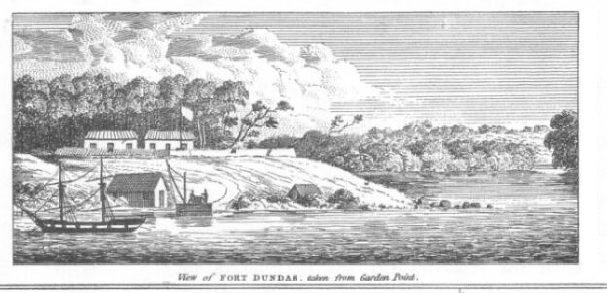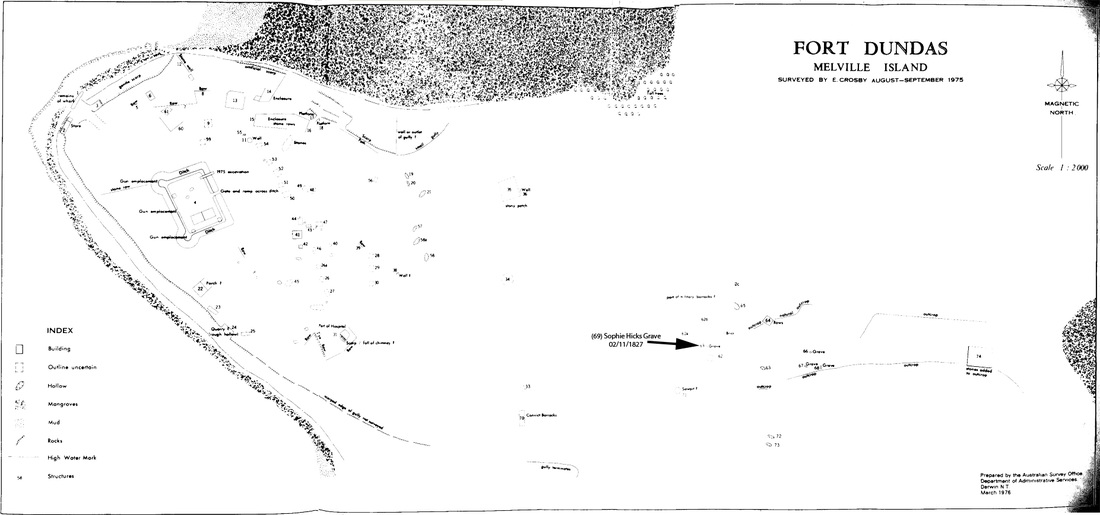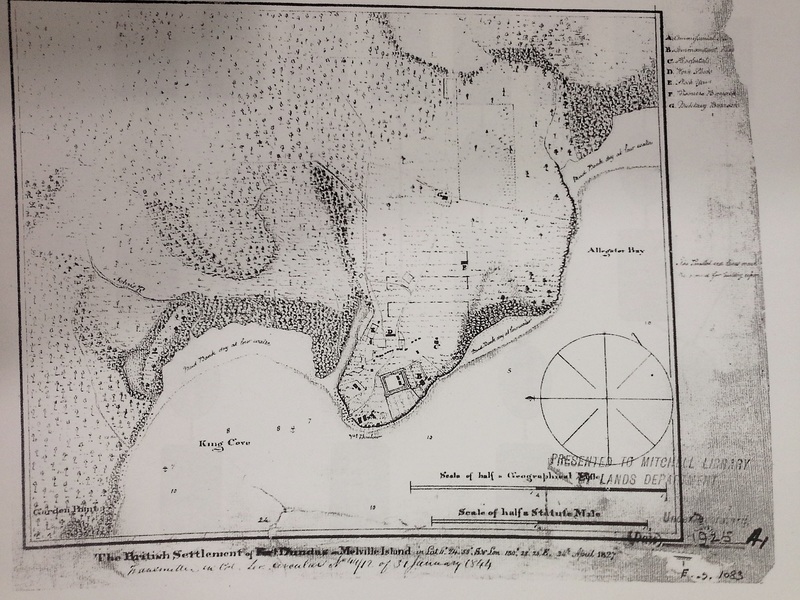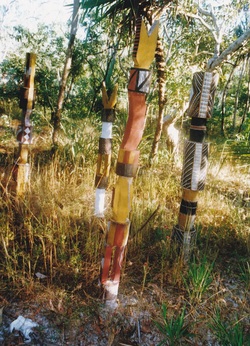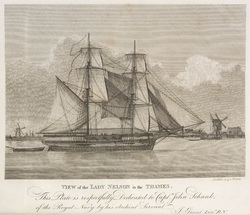The British in North Australia 1824-29:
|
ISBN paperback 9780992355869 $A29.95 + p&h eBook 9780992355876 $A29.95, eBook $9.95. For sales contact [email protected], www.derekpugh.com.au Fort Dundas - http://www.dennisjones.com.au/TitleDetail.php?recordID=9780992355869 Fort Dundas was the first outpost of Europeans in Australia’s north. It was a British fortification manned by soldiers, marines and convicts, on remote Melville Island in 1824. It lasted until February, 1829, when it was abandoned and left to the termites. The fort’s purpose was twofold. First, it was a physical demonstration of Britain’s claim to the New Holland continent as far as longitude 129°E, which excluded the Dutch and the French from starting similar colonies, (it was the first of a series of fortified locations around the coast). Second, it was promoted as the start of a British trading post that would become a second Singapore and compete with Batavia. The settlement was named in a ceremony on 21 October 1824, but it was not a success. In its short existence we have tales of great privation, survival, greed, piracy, slavery, murder, kidnapping, scurvy, and battles with the Indigenous inhabitants of the islands, the Tiwi. It was also the site of the first European wedding and the birth of the first European children in northern Australia. None of the three military commandants who managed the outpost wanted to be there and all were gratefully relieved after their posting. They left behind thirty-four dead - victims of disease, poor diet and Tiwi spears. Others died when the crews of the fort’s supply ships were slaughtered and beheaded by Malay pirates on islands to the north. Cabin boys from one of them, the Stedcombe, were enslaved by the pirates - one was rescued fourteen years later. The story of what happened at Fort Dundas and why it was abandoned has been largely untold. Nevertheless, it is one of the most engaging stories of nineteenth century Australia. This is my fifth book, and third based on history. It follows Tambora: Travels to Sumbawa and the Mountain that Changed the World (2015) and Turn Left at the Devil Tree (2013). Tambora describes the worldwide effect of the 1815 eruption of Mount Tambora. It was the greatest eruption in 10,000 years. Turn Left at the Devil Tree (2013) relates the history of homeland centre schools in central Arnhem Land, near Maningrida, in the 1990s, and a broader history of Arnhem Land and the early contacts of the newcomers with the Indigenous people. www.derekpugh.com.au. |
